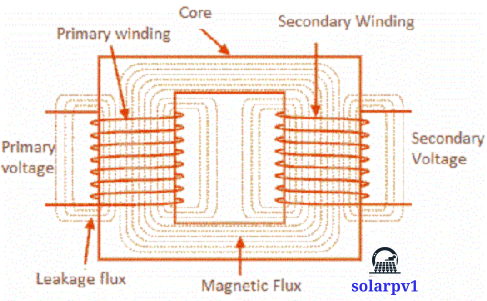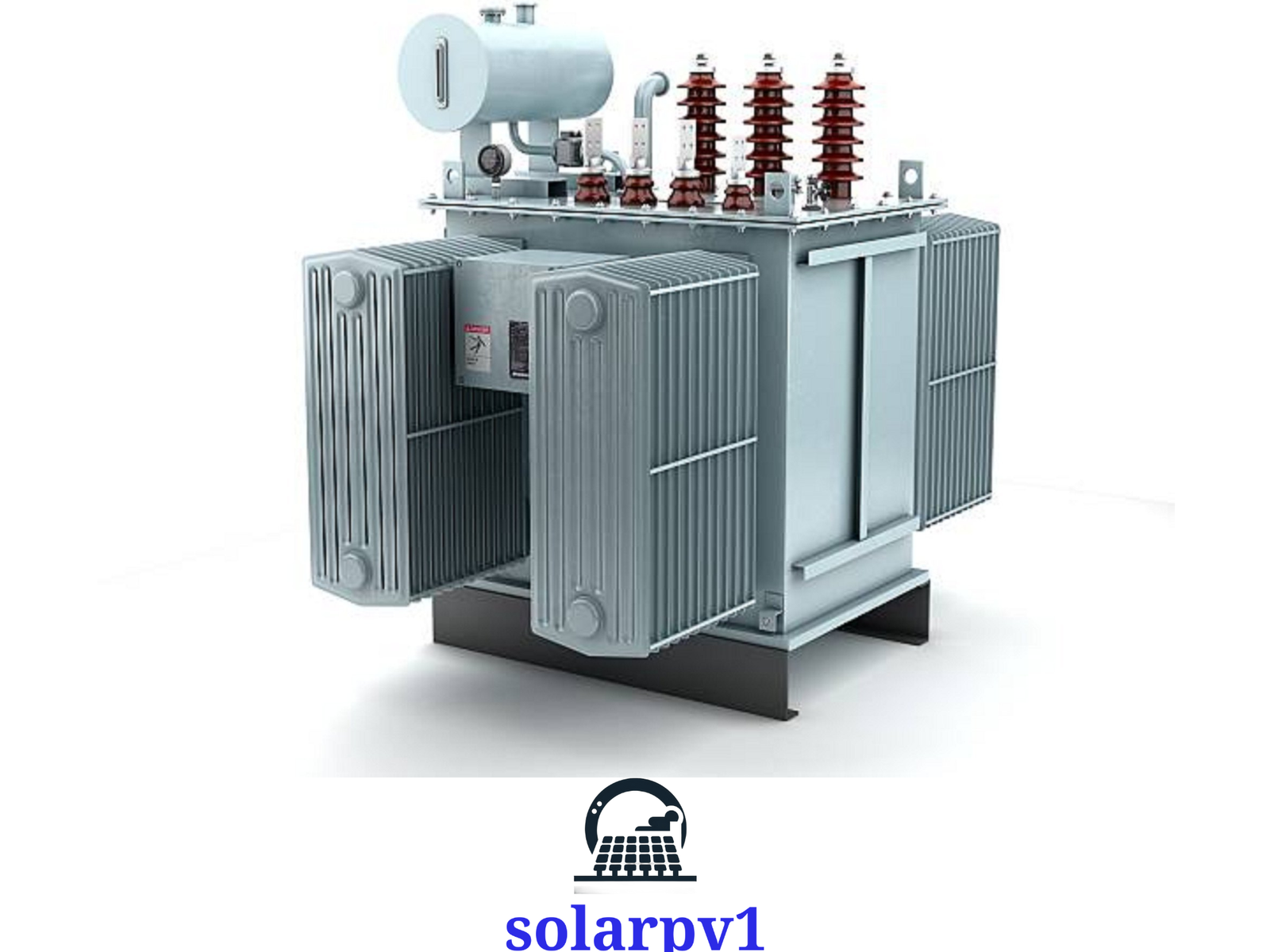Introduction to Transformers
- Transformers are fundamental components in electrical engineering, playing a crucial role in the transmission and distribution of electrical energy. A transformer is an electrical device designed to transfer electrical energy between two or more circuits through electromagnetic induction. The primary function of a transformer is to increase (step-up) or decrease (step-down) voltage levels, which makes it indispensable in power systems.

- The history of transformers dates back to the late 19th century, with significant advancements driven by pioneers such as Michael Faraday, who discovered electromagnetic induction, and Nikola Tesla, who improved the design and efficiency of transformers. Over the decades, transformers have evolved significantly, benefiting from advancements in materials, design, and manufacturing techniques. This evolution has enabled transformers to become more efficient, reliable, and compact, meeting the growing demands of modern electrical networks.
- Transformers are essential in various stages of electrical energy management. In the generation phase, transformers step up the voltage from power plants to high levels, enabling efficient long-distance transmission. During distribution, transformers step down the voltage to safer levels suitable for residential, commercial, and industrial use. This ability to modulate voltage levels ensures minimal energy loss and enhances the overall efficiency of electrical power systems.
- In addition to their primary role in power transmission and distribution, transformers find applications across diverse industries. In industrial settings, transformers are used to provide the necessary voltage levels for machinery and equipment. In the telecommunications sector, they are crucial for signal transmission and impedance matching. Furthermore, transformers are integral to renewable energy systems, such as wind and solar power, where they help in converting and stabilizing the generated power for grid integration.
- Overall, transformers are indispensable in ensuring the efficient and reliable delivery of electrical energy, underpinning the functioning of modern society. Their continuous evolution reflects the dynamic nature of electrical engineering and its capacity to meet emerging technological challenges.
Basic Components of a Transformer
- A transformer is an essential electrical device composed of several key components that work in unison to transfer electrical energy between circuits. The primary components of a transformer include the core, windings, insulation, and the enclosure. Each of these components plays a crucial role in ensuring the efficient operation of the transformer.
- The core of a transformer is typically made from laminated sheets of silicon steel, which are designed to minimize energy losses due to hysteresis and eddy currents. The core’s primary function is to provide a low-reluctance path for the magnetic flux, which is essential for the induction process that enables the transformer to transfer energy between its windings.

- The windings are composed of coils of conductive material, usually copper or aluminum, and are classified into primary and secondary windings. The primary winding receives the input voltage and creates a magnetic field in the core. This magnetic field induces a voltage in the secondary winding, which delivers the transformed voltage to the output circuit. The number of turns in the primary and secondary windings determines the voltage transformation ratio of the transformer.
- Insulation materials are crucial for maintaining safety and efficiency within a transformer. These materials, which can include paper, oil, and various synthetic compounds, are used to insulate the windings and prevent electrical short circuits. Proper insulation ensures that the windings can operate at high voltages without the risk of breakdown or arcing.
- The enclosure, often referred to as the tank or casing, houses the core, windings, and insulation. It provides mechanical protection and helps to dissipate heat generated during the transformer’s operation. The enclosure is typically made of robust materials such as steel and may be filled with insulating oil to enhance cooling and insulation properties.
- In summary, the core, windings, insulation, and enclosure are the fundamental components of a transformer. Each component’s design and material selection are critical to the transformer’s ability to efficiently transfer electrical energy while maintaining safety and reliability. Understanding these components and their functions is essential for comprehending the overall operation and performance of transformers in electrical systems.
Principle of Electromagnetic Induction
- The operation of transformers is fundamentally governed by the principle of electromagnetic induction. This principle, discovered by Michael Faraday in 1831, is encapsulated in Faraday’s Law of Induction. According to Faraday’s Law, an electromotive force (EMF) is induced in a conductor when there is a change in the magnetic flux through it. Mathematically, this can be expressed as:
EMF = -dΦ/dt
- where Φ represents the magnetic flux and dΦ/dt denotes its rate of change over time. The negative sign indicates the direction of the induced EMF, as per Lenz’s Law, which states that the induced EMF will always oppose the change in magnetic flux that caused it.
- In the context of transformers, this principle is applied through the process of mutual induction between the primary and secondary windings. When an alternating current (AC) flows through the primary winding, it generates a varying magnetic field. This varying magnetic field, in turn, induces a varying magnetic flux in the core of the transformer, which links both the primary and secondary windings.
- The mutual induction between the windings ensures that the changing magnetic flux in the primary winding induces an EMF in the secondary winding. The induced EMF in the secondary winding is proportional to the rate of change of the magnetic flux, as described by Faraday’s Law. The relationship between the primary and secondary voltages in a transformer can be expressed using the transformer equation:
Vs / Vp = Ns / Np
- where Vs and Vp are the voltages in the secondary and primary windings, respectively, and Ns and Np are the number of turns in the secondary and primary windings. This equation highlights that the voltage transformation ratio of a transformer is directly related to the ratio of the number of turns in the windings.
- Through this principle of electromagnetic induction, transformers can efficiently convert voltages from one level to another, making them indispensable components in electrical power systems.
Types and Applications of Transformers
- Transformers are fundamental devices in electrical engineering, serving a vital role in the transmission and distribution of electrical energy. There are various types of transformers, each designed for specific applications, and understanding their unique functions is essential for appreciating their contributions to modern infrastructure.
- Power transformers are typically used in high-voltage transmission networks to step up or step down voltage levels, facilitating the efficient transmission of electricity over long distances. They are crucial in power generation plants and substations. For example, a 500 MVA power transformer might be used in a hydroelectric power station to step up the generated voltage from 13.8 kV to 230 kV for transmission purposes.
- Distribution transformers, on the other hand, are designed to provide the final voltage transformation in the electric power distribution system. They step down the voltage used in the distribution lines to the level used by consumers. For instance, a 25 kVA distribution transformer may reduce the voltage from 11 kV down to 415 V, making it suitable for residential or commercial use. These transformers are often seen mounted on poles or placed on concrete pads in neighborhoods.
- Isolation transformers are employed to decouple two circuits, providing electrical isolation while allowing AC power to pass between them. This is essential in various industrial and medical applications where the safety of equipment and operators is paramount. For example, isolation transformers are used in medical imaging devices to protect sensitive components from electrical noise and spikes.
- Autotransformers are another type, which share part of their windings, making them more economical for certain applications. They are often used in railway electrification systems and in stabilizing voltage levels in power grids. A practical application includes their use in voltage regulation for long-distance AC power transmission lines.
- Recent advancements in transformer technology have led to the development of smart transformers, which incorporate digital monitoring and control capabilities. These innovations enhance the efficiency, reliability, and lifespan of transformers. For instance, smart transformers are increasingly being integrated into renewable energy systems to manage fluctuating power inputs from sources like wind and solar farms.
- In the realm of consumer electronics, small-scale transformers are ubiquitous. Devices such as mobile phone chargers, televisions, and audio systems all rely on transformers to adapt the voltage from the mains supply to usable levels.
- Overall, transformers are indispensable in a wide array of applications, from large-scale power generation to everyday electronic devices, underscoring their essential role in modern technology and infrastructure.








